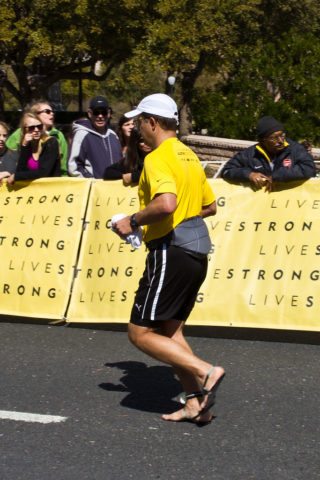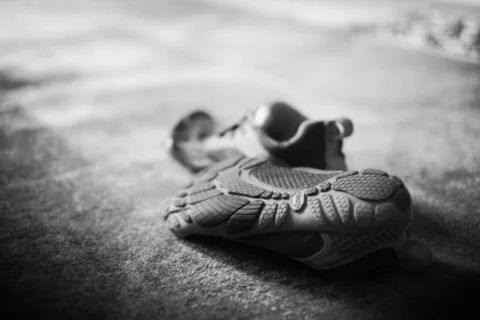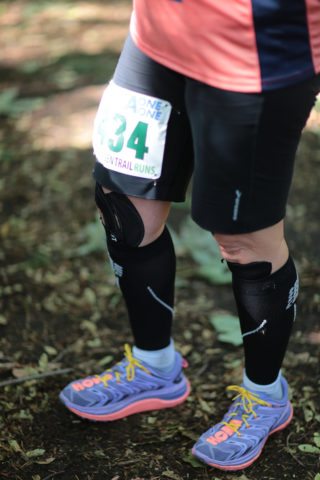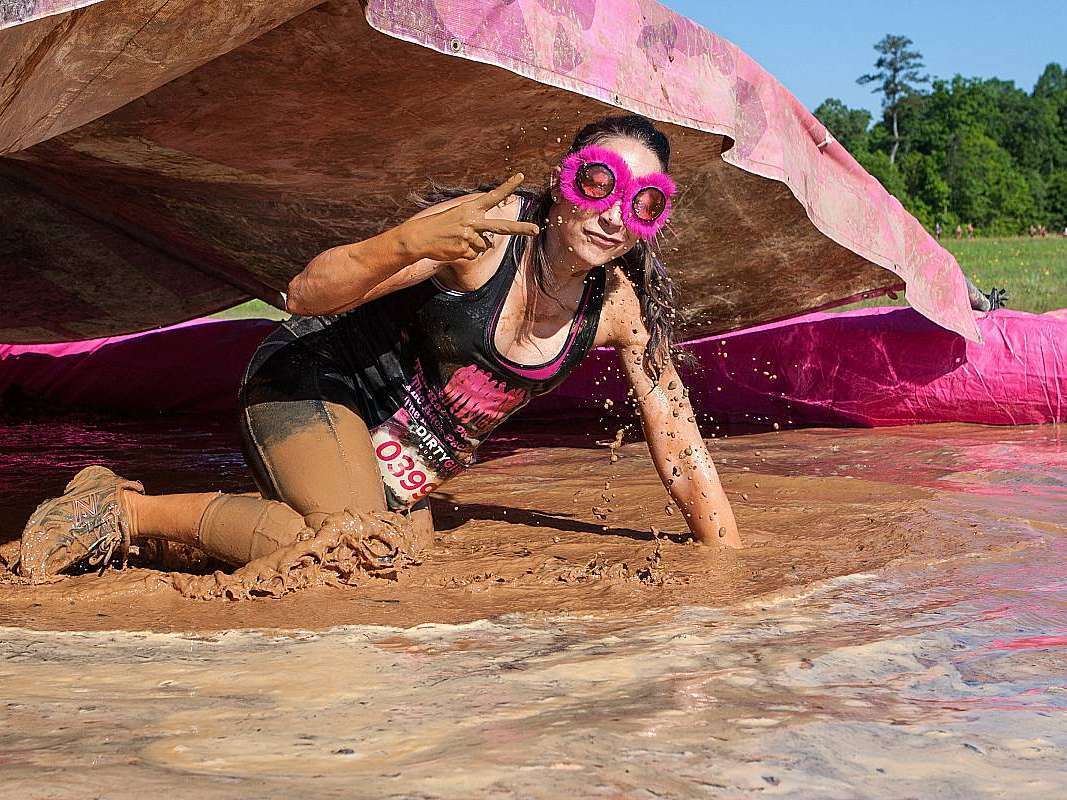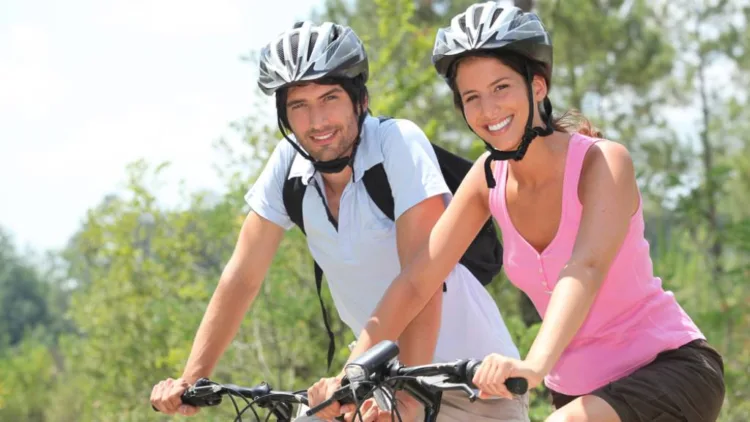What should ultrarunners be wearing on their feet?
It’s obviously an important question. Perhaps no part of the body is more impacted by running ultra distances than your feet:
- They absorb 2 to 3 times your body weight with each stride.
- The average ultrarunner lands on each foot about 5,000 times per hour.
- A runner’s feet endure the brunt of the repetitive pounding of the sport.
- Black or missing toenails, soreness, and blisters and callouses can result from a long run or race.
- There are also foot injuries that can stop runners in their tracks such as stress fractures, tendonitis, and Plantar Fasciitis.
The foot is an incredibly complex extremity made up of a network of bones, tendons, ligaments and muscles that all have to work together in harmony. One disgruntled cog, and the whole operation can breakdown — which brings me to the question of footwear.
Especially if you’re running 50, 100, or 300+ miles, your footwear choice is critical!
The footwear question is not an easy one to sort out, and the answers range from minimalist options (flat) to maximum cushioning (fat) choices.
The Minimalist Option: Flat Ultra Running Shoes
On one end of the continuum, you have people who advocate a minimalist approach.
Christopher McDougall in his book Born to Run, argues that human beings are genetically equipped to run long distances, and specifically that the foot is naturally engineered for this and doesn’t need the help of a running shoe. In fact, McDougall argues that the modern running shoe industry, while being a successful capitalistic scheme, has retarded the natural running ability of human beings. He cites research that shows that high-tech running shoes do not prevent injury, and he introduces the Tarahumara tribe in Mexico as an example of people who run ultra distances barefoot or in sandals. McDougall and others have popularized the barefoot running movement.
The running shoe industry has succeeded in creating minimalist running footwear — which includes options such as the Vibram FiveFingers and barefoot running sandals. Elite ultrarunner Greg Armstrong won the 2015 Vol State 500K race wearing Teva Tanza running sandals. In cold weather, sandal wearers typically wear Injinji toe socks
. Armstrong cites the following benefits of running in sandals:
- My feet can breathe and dry out if it rains – or get wet.
- My feet can expand and my toes are never cramped in a tight toe box.
- I save money on the amount of socks I need.
- When my sandals/feet stink, I just shower with my sandals on!
- Multi-purpose footwear for an adventurous lifestyle including international travel, backpacking, canoeing, and running the globe!
There are lots of choices in the area of minimalist running footwear to explore.
The Maximalist Option: Fat Ultra Running Shoes
On the other end of the continuum from a minimalist footwear option, other ultrarunners tout the benefits of maximum cushioning (maximalist) running shoes.
Two of the most popular max-cush ultra running shoes are Altra and Hoka:
- The Altra running shoes have a “zero drop” technology, which is a platform that places the heel and forefoot at the same distance from the ground. The ideas is that the natural balance aligns the feet, back, and body posture — for less impact. It is also said to strengthen the Achilles and lower calf muscles that have been weakened over a lifetime of running on elevated heels. The Altra shoe also has an open footshape toe box, which gives the toes more space to stretch out in the shoe.
- The Hoka running shoe boasts of “meta-rocker geometry” and is said to be “designed with a low heel-toe differential and a sculpted outsole in the heel and toe, creates a unique fulcrum effect — like a rocking chair for your foot, encouraging a guided gait cycle.” Elite ultrarunner Michael Arnstein promotes the Hoka running shoe and recently began a running lecture explaining why.
There is widespread disagreement on whether maximum cushioning running shoes like Altra and Hoka help prevent injury or uniquely aid the runner.
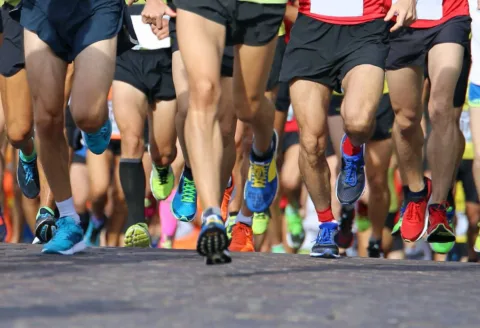
Fat vs Flat Ultra Running Shoes
The fat or flat ultra running shoe quandary tends to operate like a pendulum swing between minimalist to maximalist.
There are important pros and cons to consider when choosing what is best for you.
There is no single shoe or footwear option that is optimal for all runners. Be aware that many runners injure themselves when transitioning to more minimalist footwear options — so it’s important to assess your readiness for such a transition and follow an effective transition program.
Here are a couple of additional resources for educating yourself about the minimalist vs maximalist debate and choices:
- Anatomy of Runners by Jay Dicharry
- Tread Lightly by Katovsky and Larson


